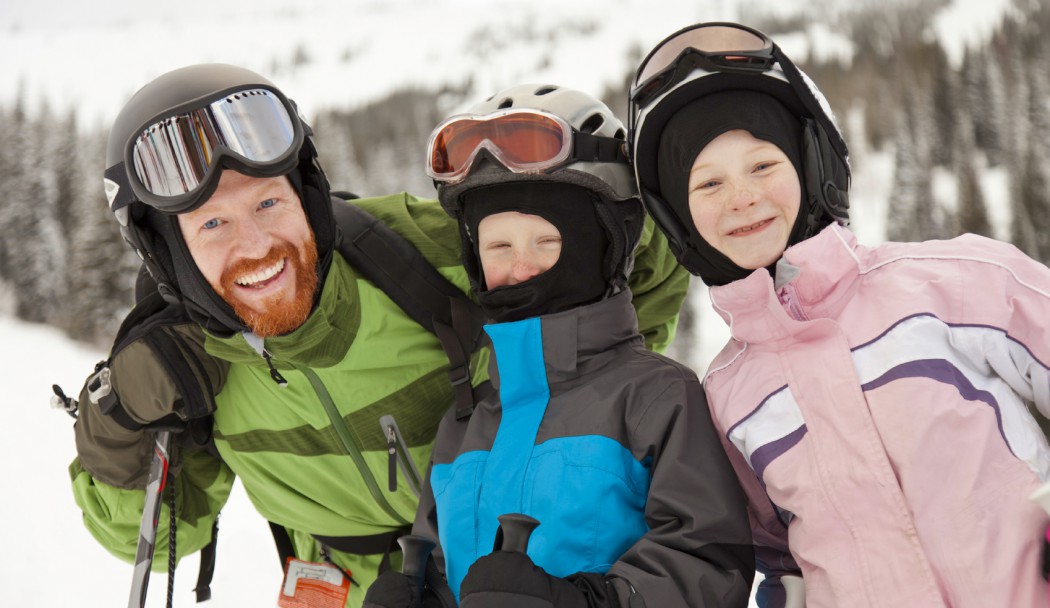Being able to hit the slopes to go skiing or snowboarding is one of the greatest advantages of the winter months. In fact, more and more people are trying these sports, especially snowboarding. Despite their popularity, these sports are also one of the most dangerous activities, with a higher risk of injury than many other common sports.
Skiers are more likely to have lower extremity injuries, such as a sprained knee, broken tibia or torn knee ligaments. Anterior cruciate ligament (ACL) tears are the most prevalent. Snowboarders, on the other hand, suffer more upper body injuries, such as broken wrists or collarbones, a separated acromioclavicular (AC) joint or concussions.
Benjamin Petre, MD, an orthopedic surgeon with Luminis Health Orthopedics and a U.S. Ski and Snowboard team physician, shares tips to prevent injuries and stay safe on the slopes. Here are three of his recommendations:
Know your limits.
One of the most important ways to be prepared to ski or snowboard is to know your limits. This is especially important if you are a beginner on the slopes. Don’t try things outside of your skill level because it increases the risk of injury for yourself and others. Learning to be in control is key, so take the time for a lesson with a certified instructor. While your friends may be experienced skiers or snowboarders, a professional instructor will likely be able to teach you more. Also, a lesson not only better prepares you for the slopes and reduces your risk of injury, it’s fun.
Even the most advanced skiers and snowboarders should know when to call it quits for the day or take time for a break. Most injuries occur after noon because you want to do one last run and ignore the signs that your body is too tired. Participating in a strength-training program focused on the lower body prior to skiing or snowboarding helps reduce leg fatigue, but you still must allow your body to rest. Warming up for a few minutes also better prepares you for a long day on the slopes.
Wear a helmet.
Whether you’re an Olympic athlete or only on the bunny hill, you should always wear a helmet on the slopes. It helps prevent minor to moderate head trauma, including concussions. Concussions are common, especially for snowboarders. Unfortunately, helmets may not be as effective in situations of severe head trauma or in cases of multiple concussions. Regardless, if you fall and hit your head, seek medical attention right away. Take any trauma to your head seriously.
Have the right equipment and attire.
Having improper equipment or clothing could ruin your day on the slopes, so be prepared. It’s important to have equipment that’s matched to your size and ability. Good bindings are an integral piece of your skiing or snowboarding experience, and reduce your risk of serious injury. Have them checked regularly. It’s also critical to dress appropriately for the changing weather on the mountains. Wearing layers can help you adjust to the changing temperatures throughout the day.

By Benjamin Petre, MD, orthopedic surgeon at Luminis Health Orthopedics




